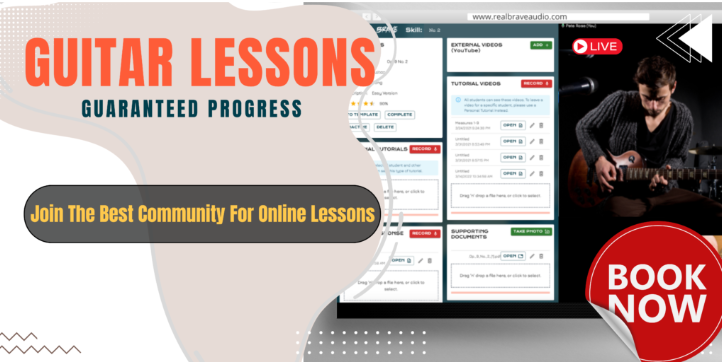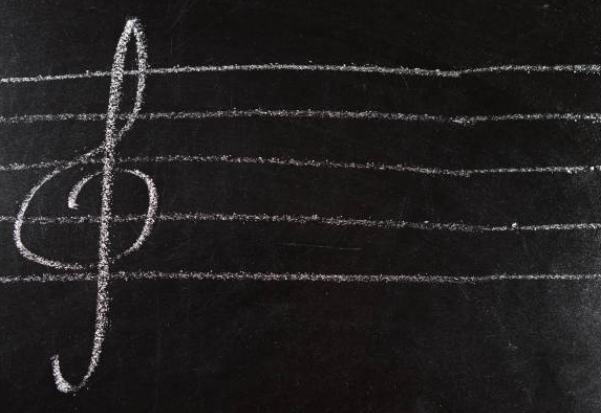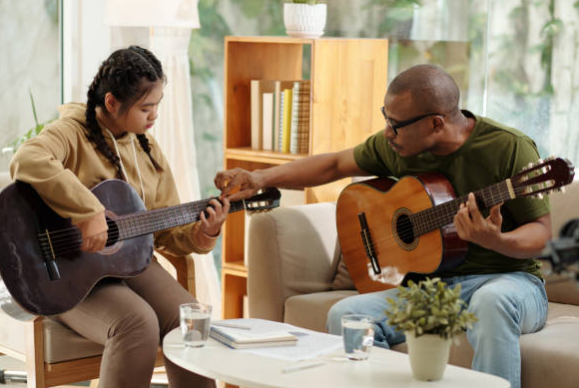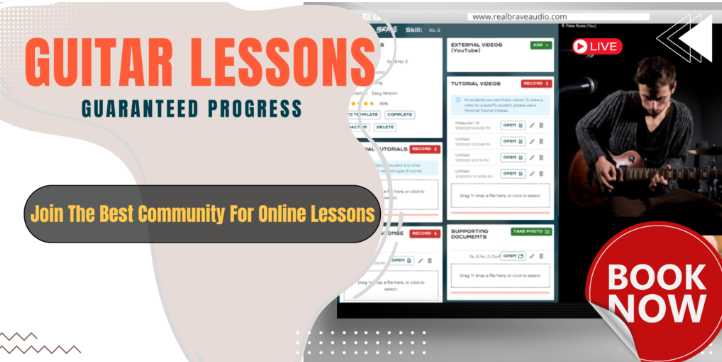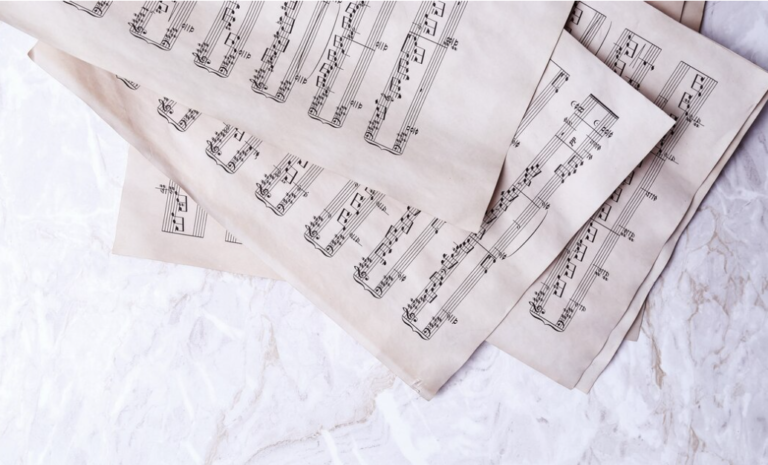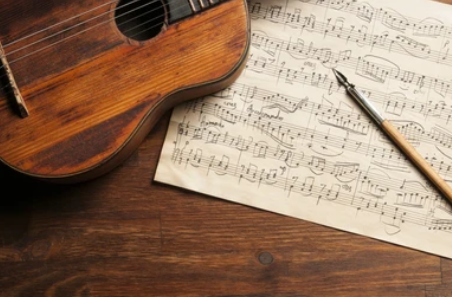Everything You Need To Play The B Power Chord
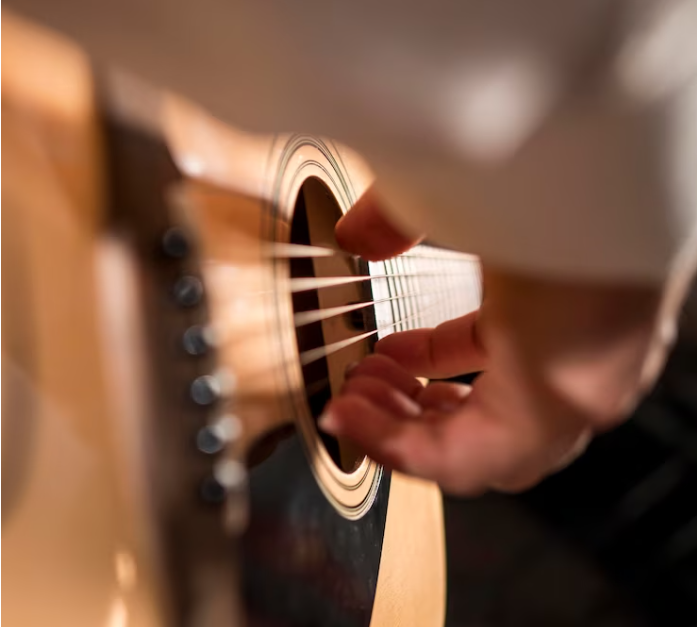
Power chords are a fundamental aspect of guitar playing, especially in rock, punk, and metal genres. Unlike traditional chords, power chords consist of only two or three notes and are characterized by their strong, edgy sound. They are versatile and can be used in various musical contexts, making them essential for any aspiring guitarist to master.
The B power chord holds significant importance in guitar playing due to its versatility and usefulness across different musical styles. It serves as a cornerstone for understanding chord structures and fretboard navigation. Mastery of the B power chord opens up a world of possibilities for guitarists, allowing them to play a wide range of songs and create their own music with confidence.
In this tutorial, we will delve deep into mastering the B power chord. Starting with an understanding of its composition and significance, we will progress to practical techniques for playing the chord with precision and efficiency. Through a series of exercises and troubleshooting tips, you will learn how to overcome common challenges and refine your skills.
B Power Chord Structure
- Root Note (B): The foundation of the B power chord is the root note, which gives the chord its name and serves as the starting point for building the chord.
- Perfect Fifth (F#): The second note in the B power chord is the perfect fifth interval, located two whole steps (or seven half steps) above the root note. In the case of B power chord, the perfect fifth is F#, adding depth and strength to the chord’s sound.
- Octave: While the basic B power chord consists of only two notes (B and F#), advanced variations may include the octave of the root note (B) for a fuller sound. However, the octave note is not always played in basic power chord shapes.
Why the B Power Chord Is Commonly Used?
The B power chord is commonly used in guitar playing for several reasons:
- It is movable, meaning it can be easily transposed to different frets to play chords in different keys.
- Its simple structure makes it accessible to beginner guitarists while offering versatility for advanced players.
- The B power chord’s strong, aggressive sound adds depth and intensity to music, making it ideal for genres like rock, punk, and metal.
Understanding the composition and significance of the B power chord lays a solid foundation for mastering its application in guitar playing.
Playing the B Power Chord
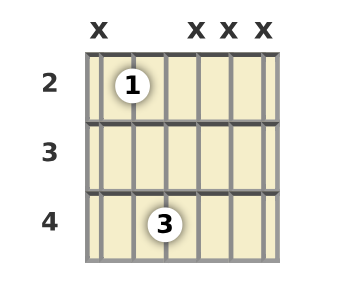
- Start by placing your index finger on the 2nd fret of the A (5th) string, which corresponds to the root note, B.
- Next, place your ring or pinky finger on the 4th fret of the D (4th) string, which corresponds to the perfect fifth, F#.
- Ensure that your index finger lightly touches the adjacent strings to prevent them from ringing out and causing unwanted noise.
- Remember to keep your fretting hand relaxed and close to the guitar neck for optimal control and accuracy.
Strumming Technique
- Downward Strumming: To play the B power chord, use a downward strumming motion with your pick or fingers, starting from the A string and strumming through the D string.
- Consistent Strumming: Maintain a steady rhythm and consistent pressure while strumming to produce a clear and powerful sound.
- Strumming Dynamics: Experiment with varying degrees of strumming force to adjust the dynamics and intensity of the chord.
Exercises to Practice the B Power Chord
- B Power Chord Progression: Practice transitioning between the B power chord and other basic chords, such as E and F# power chords, to build chord-changing agility.
- Basic Strumming Pattern: Start with a simple downstroke strumming pattern, focusing on maintaining consistent timing and clarity of each chord.
- Up-and-Down Strumming: Progress to an alternating up-and-down strumming pattern, emphasizing the rhythmic feel and groove of the music.
- Slow Practice: Begin practicing at a slower tempo to ensure accuracy and proper technique, gradually increasing speed as proficiency improves.
- Isolated Practice: Focus on specific chord changes or strumming patterns that present challenges, practicing them in isolation before integrating them into full chord progressions.
Troubleshooting Common Issues
Addressing Buzzing or Muted Strings
- Fretting Pressure: Ensure that you’re applying enough pressure with your fretting hand to press the strings firmly against the fretboard.
- Finger Placement: Check that your fingers are positioned directly behind the frets, avoiding placement too close to the fret or too far back, which can cause buzzing or muted notes.
- String Cleanliness: Keep your guitar strings clean and free from dirt or debris, as buildup can interfere with the vibration of the strings and lead to buzzing.
Adjusting Finger Positioning for Better Sound
- Angle of Approach: Experiment with the angle at which you place your fingers on the fretboard, aiming for a perpendicular angle to ensure optimal contact with the strings.
- Finger Arching: Maintain a slight arch in your fingers to avoid inadvertently muting adjacent strings and to facilitate clear note production.
- Thumb Position: Pay attention to the position of your thumb on the back of the guitar neck, ensuring it provides support without exerting excessive pressure that can hinder finger movement.
Dealing with Finger Fatigue
- Gradual Buildup: Start with shorter practice sessions and gradually increase the duration as your finger strength and endurance improve over time.
- Proper Technique: Focus on maintaining relaxed, efficient finger movements and avoiding unnecessary tension, which can contribute to fatigue.
- Stretching Exercises: Incorporate hand and finger stretching exercises into your warm-up routine to promote flexibility and reduce the risk of cramping or fatigue during extended playing sessions.
Interested in taking your guitar skills to the next level? Click the below and book a free lesson with us! We’re committed to helping you express yourself freely on the guitar without endless scales and theory. Happy playing!
Author: Daniel Powers Jr, the founder of Real Brave™, serves as the chief inspiration to thousands of students in the Real Brave music instruction program. He’s also the visionary behind PracticePad™, an online platform for live one-on-one online music lessons, lesson tracking, and scheduling. Beyond his entrepreneurial pursuits, Daniel leads a non-profit organization that provides formerly homeless children with access to music education, making a profound impact on their lives. His unwavering dedication to music, innovation, and education continues to inspire individuals to reach their fullest potential while creating positive change in communities. Follow Real Brave on all the socials:
youtube.com/@realbraveinc
twitter.com/realbraveinc
https://www.tiktok.com/@realbraveinc
instagram.com/realbraveaudio
facebook.com/realbraveinc
